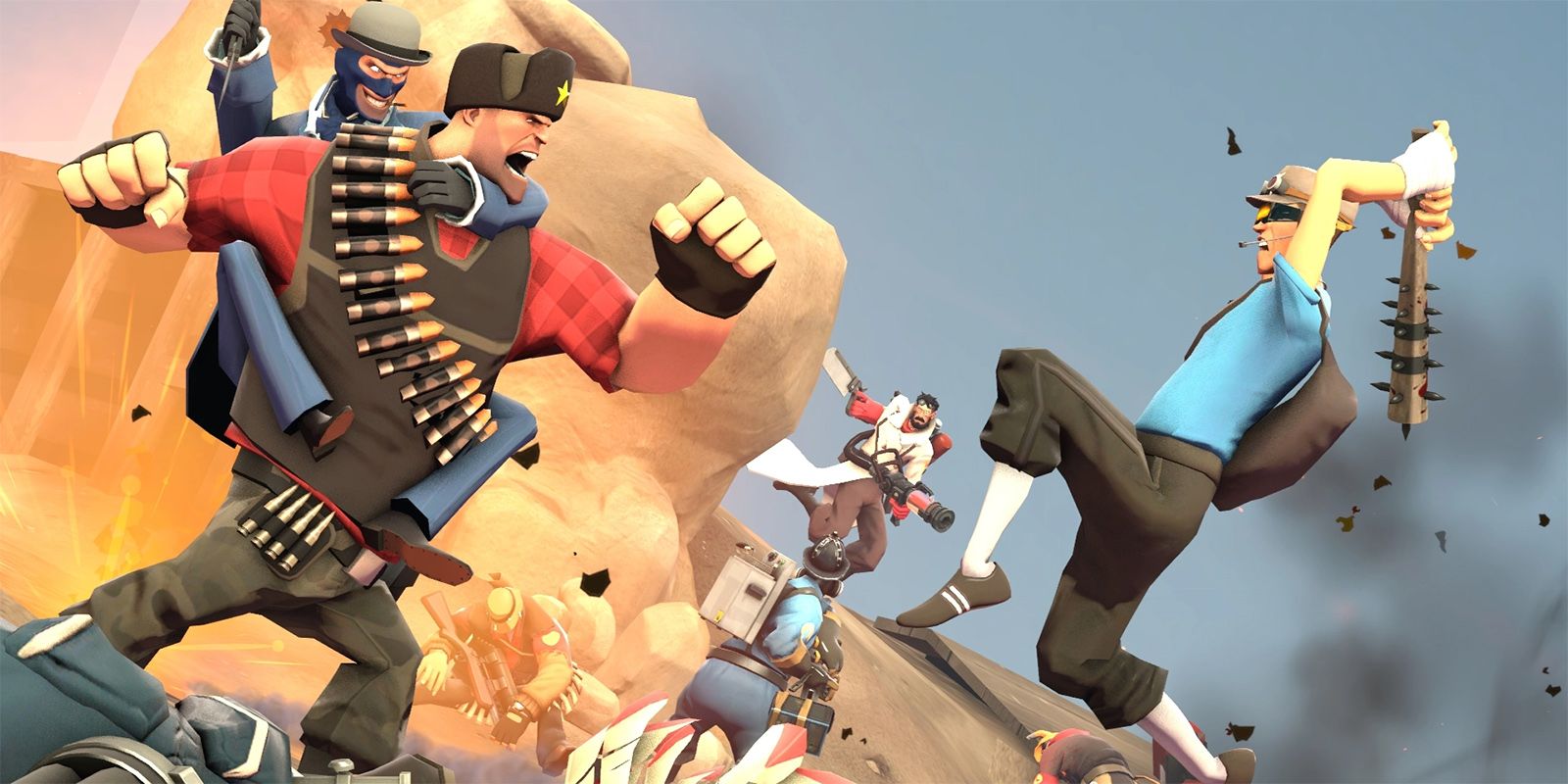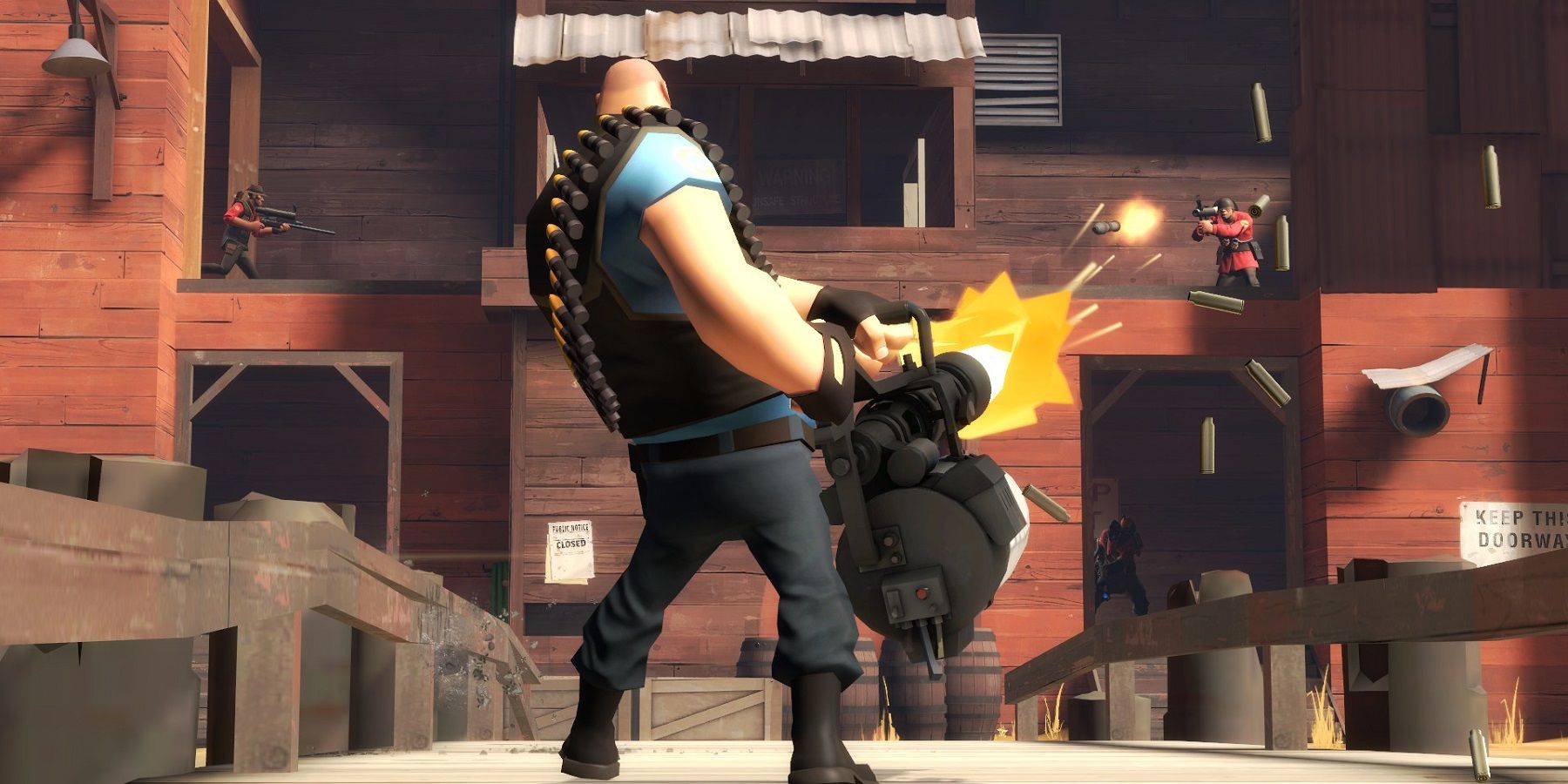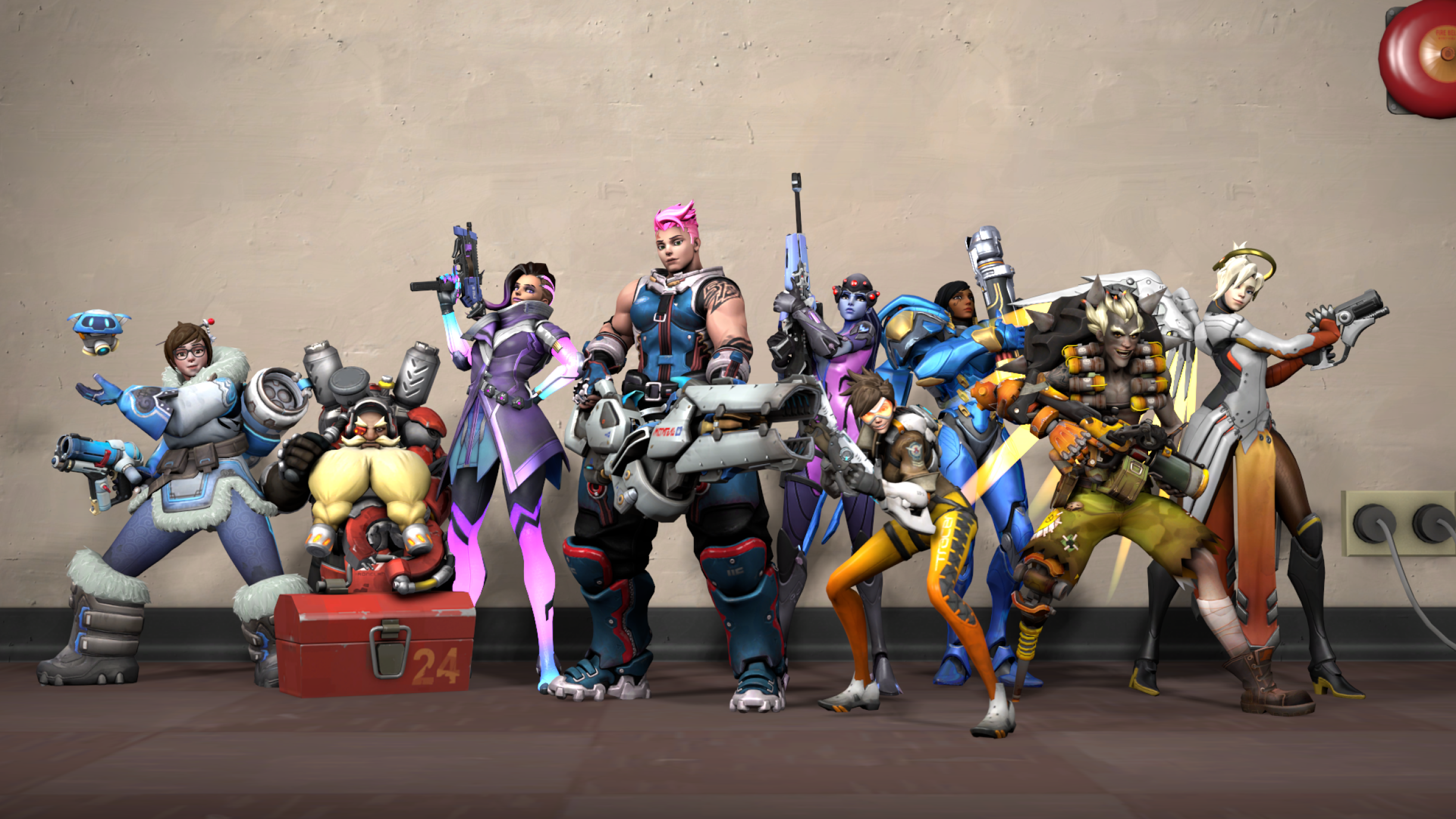

One of Meta’s biggest competitors is the maker of another popular videogame, Fortnite. And it is harder still not to envision a future where game-makers-who have years of experience crafting virtual marketplaces, could end up creating the killer app of the metaverse, rather than Facebook. It is hard not to think of these gamers when watching Mark Zuckerberg’s presentation on Meta. In one case, a Delhi teenager spent Rs 2 lakh from his grandfather’s pension fund on these items. A decade since Valve’s experiment with virtual items changed the gaming industry forever, newspaper headlines from small and big cities in India started to tell the same story again and again: Of minors, using their parents ATM cards, spending lakhs of rupees on virtual items for their characters in PUBG. One could be forgiven for thinking that spending real money on virtual clothes is a uniquely first-world addiction. The cost of creating a global market for virtual items-catering not just to gamers but theoretically to every Facebook user on earth-pales in comparison with the revenue possibilities.

No wonder then, that Facebook plans to spend up to $10 billion setting up its metaverse in 2022. That there is a global thirst for virtual, seemingly intangible items, was becoming obvious. By 2018, the market for virtual skins overall was an estimated $50 billion, according to a Bloomberg report. In 2016, facing backlash, Valve moved to shut down what had become a $7.4 billion skin-gambling industry. As Counter Strike: Global Offensive exploded onto the eSports scene, gamblers bet on match outcomes with virtual items-exploiting a loophole in laws banning cash gambling on sports.

The trade of in-game items and skins spread beyond TF2 and turned into a lucrative market. The next year, Valve realised they could make more money selling hats than they ever could selling games-and decided to make TF2, then one of the most popular multiplayer games in the world, free-to-play.īy releasing their game for free, Valve gained four times its player base-and 14 times its revenue. In 2010, Valve allowed hats to be purchased with real money. Hats very quickly became prestigious to own, and Valve very quickly started allowing the player base to design and trade their own. To get a hat, you had to complete a set of challenges or play the game long enough to receive it via a randomised “drop”. They served no practical purpose besides changing the look of your player: They could be cool they could be funny. In 2009, Valve introduced hats to Team Fortress 2.


 0 kommentar(er)
0 kommentar(er)
